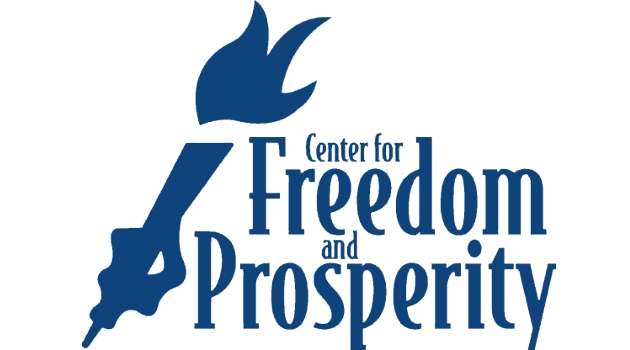Thomas Sowell just completed a three-part “Back to the Future” series, looking at a couple of fiscal policy issues. His unifying theme is how the political class fails (perhaps deliberately) to learn from mistakes.
In Part I, he decimates President Obama’s new stimulus scheme.
Once we get past the glowing rhetoric, what is the president proposing? More spending! Only the words have changed — from “stimulus” to “jobs” and from “shovel-ready projects” to “jobs for construction workers.” If government spending were the answer, we would by now have a booming economy with plenty of jobs, after all the record trillions of dollars that have been poured down a bottomless pit. Are we to keep on doing the same things, just because those things have been repackaged in different words? …When it comes to specific proposals, President Obama repeats the same kinds of things that have marked his past policies — more government spending for the benefit of his political allies, the construction unions and the teachers’ unions, and “thousands of transportation projects.” The fundamental fallacy in all of this is the notion that politicians can “grow the economy” by taking money out of the private sector and spending it wherever it is politically expedient to spend it — so long as they call spending “investment.”
In Part II, he exposes the historical illiteracy of folks who think government intervention ended the Great Depression.
The grand myth that has been taught to whole generations is that the government is “forced” to intervene in the economy when there is a downturn that leaves millions of people suffering. The classic example is the Great Depression of the 1930s. What most people are unaware of is that there was no Great Depression until AFTER politicians started intervening in the economy. There was a stock market crash in October 1929 and unemployment shot up to 9 percent — for one month. Then unemployment started drifting back down until it was 6.3 percent in June 1930, when the first major federal intervention took place. That was the Smoot-Hawley tariff bill, which more than a thousand economists across the country pleaded with Congress and President Hoover not to enact. But then, as now, politicians decided that they had to “do something.” Within 6 months, unemployment hit double digits. Then, as now, when “doing something” made things worse, many felt that the answer was to do something more. Both President Hoover and President Roosevelt did more — and more, and more. Unemployment remained in double digits for the entire remainder of the decade. Indeed, unemployment topped 20 percent and remained there for 35 months, stretching from the Hoover administration into the Roosevelt administration.
And in Part III, he explains how tax changes in the 1920s provide great evidence for the Laffer Curve.
Those who believe in high taxes on “the rich” got their way. The tax rate on people in the top income bracket was 73 percent in 1921. On the other hand, the rich also got their way: They didn’t actually pay those taxes. The number of people with taxable incomes of $300,000 a year and up — equivalent to far more than a million dollars in today’s money — declined from more than a thousand people in 1916 to less than three hundred in 1921. …More than four-fifths of the total taxable income earned by people making $300,000 a year and up vanished into thin air. So did the tax revenues that the government hoped to collect with high tax rates on the top incomes. …Mellon eventually got his way, getting Congress to bring the top tax rate down from 73 percent to 24 percent. Vast sums of money that had seemingly vanished into thin air suddenly reappeared in the economy, creating far more jobs and far more tax revenue for the government.
We could shorten all three of Sowell’s columns into one simple statement: Obama’s agenda of bigger government and class-warfare taxation will undermine America’s economy.
But that would be short-changing ourselves. Sowell’s writing is a model of clarity and logic – characteristics sorely lacking in Washington.

